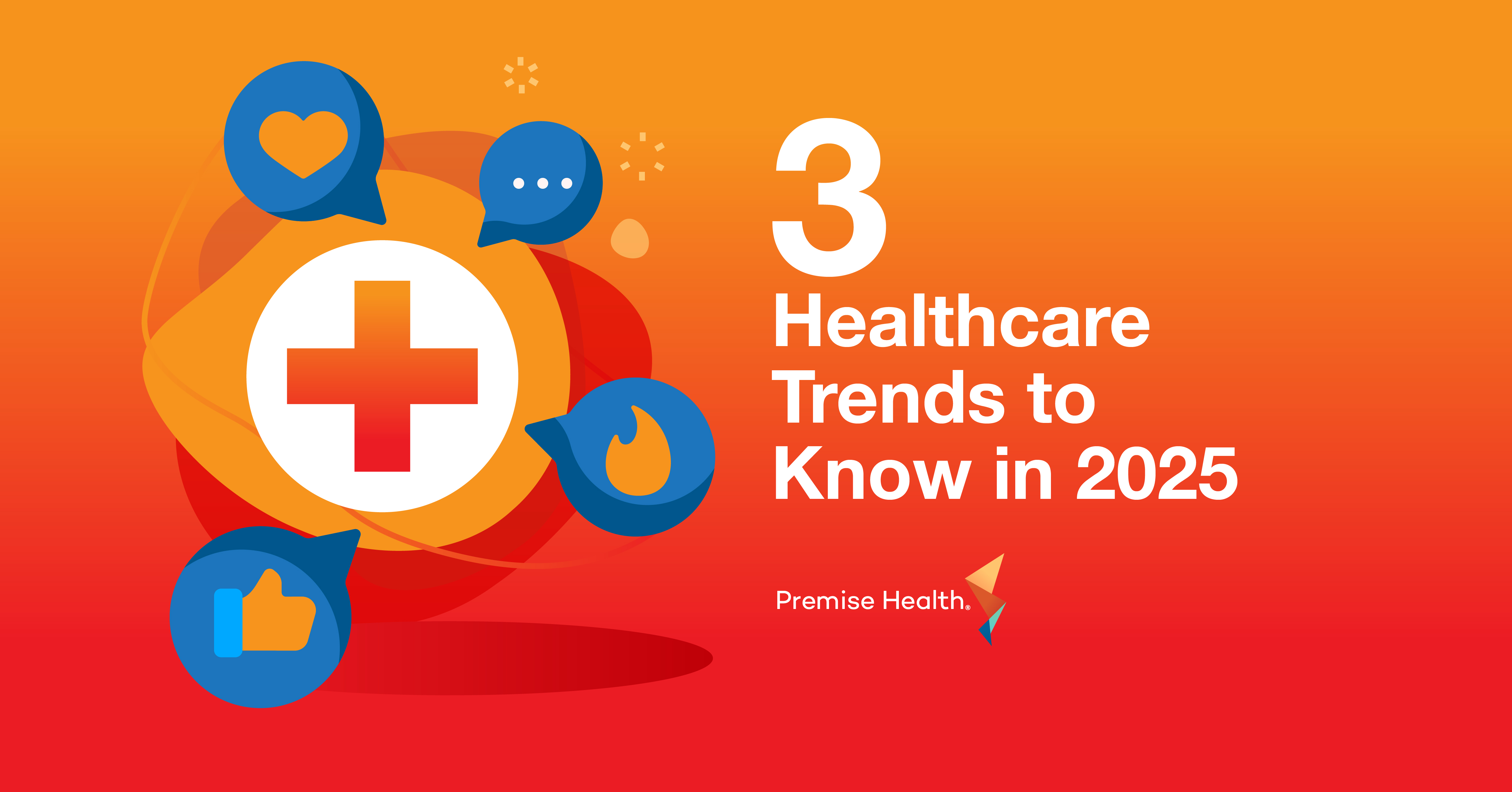What is a Medical Home?
Breaking Down This Healthcare Term.
Think about your best healthcare experience. Hopefully it involved being greeted as you walked in; being taken to an exam room promptly; and spending ample time with a provider who addressed your overall healthcare needs, not just the ailment at hand. When you left, you likely received clear next steps – And maybe even got a follow-up call to see how you were doing!
You may have heard this type of high-quality care, where patients feel cared for as human beings with unique needs and are supported by a care team who desires to see improved outcomes, described as a medical home. This technical term is used by accrediting bodies, including the Accreditation Association for Ambulatory Health Care (AAAHC), to recognize healthcare organizations that meet certain criteria for the delivery of primary care.
While the term is complicated, it’s meaning is simple: healthcare the way it should be. To break that down, let’s take a look at the criteria organizations must meet to be accredited as a medical home. What sets them apart from other healthcare providers?
Medical Home 101
Contrary to the name, a medical home isn’t a physical location. It is better defined by the team of providers managing your care and how they deliver it.
Providers at a medical home take a team-based approach and aim to deliver coordinated care. The goal is to meet people where they are, providing the right care at the right time. On the patient side, the individual is encouraged to be a participant in his or her care. Building relationships between patients and providers is a critical component of a successful medical home.
This team-based delivery model enables providers to deliver comprehensive care to patients, resulting in the best possible outcomes. For example, when a patient receives care at an accredited medical home, providers don’t take a “sick care” approach – meaning, they aren’t solely treating an illness. Rather, they pay attention to things like the age, gender, and health history of their patients and make appropriate recommendations. In taking a proactive approach, a medical home provider may recommend any necessary age-appropriate screenings, too.
These proactive steps also aid in prevention, another key focus in a medical home’s approach to patient care. By helping patients manage their health and ensuring they’re up to date on screenings and vaccines, providers can help patients avoid many issues that are more likely to occur without comprehensive healthcare.
Services and types of providers can vary, but all medical homes offer a variety of health and wellness services, such as primary care, occupational health, behavioral health, dental, and more. By bringing together these services, care can be coordinated for even the highest risk patients. Providers could include physicians, nurses, nutritionists, pharmacists, physical therapist, dentists, and social workers, among others.
By taking a coordinated approach, a medical home is uniquely equipped to manage patients’ healthcare and know what is going on with their overall health. These accredited organizations place a large emphasis on continuity of care and help people coordinate any downstream care, such as referrals to a specialist, to avoid misdiagnoses and unnecessary expenses.
For example, if a patient is referred to an orthopedic specialist for a knee problem and is required to have bloodwork done prior to the visit, a medical home will review any bloodwork on file for that patient and coordinate with the orthopedic provider to avoid a repeat blood draw.
At Premise, we believe that all patients deserve this type of care. Our primary care model is rooted in the medical home model, focusing on a comprehensive, relationship-oriented, team-based approach to care.
How is medical home care different from other primary care settings?
Many employers have taken strides to connect their employees to a medical home model of care. That’s because when employees receive this type of care, there are some noticeable differences in their overall experience.
Here are the top five differentiators of medical home care compared to other settings.
- Comprehensive. Everything provided at the center is designed to meet the majority of a patient’s physical and mental healthcare needs through an integrated, team-based approach.
- Accessible. Primary care is more accessible. Patients will experience minimized wait times, enhanced office hours, and after-hours access to providers through methods such as telephone or secure email.
- Focused on quality and safety. A medical home is committed to providing safe, high-quality, evidence-based care. These organizations practice shared decision making, commit to performance measurement, and deliver seamless member health management.
- Continuity of care. Providers coordinate patient care across all elements of the healthcare system, such as specialty care, hospitals, home healthcare, and community services, paying special attention to efficient care transitions.
- Understanding and collaboration. Care is focused on the whole person by partnering providers with patients and families through an understanding of culture, unique needs, preferences, and values.
As an employer, if the above qualities are applied where your employees receive care, your population is likely receiving high-quality, patient-centered care. If you’re planning on adding onsite care in the future, keep the above qualities in mind when thinking about the kind of care you’ll provide for team members.
Already have onsite care and interested in what it takes to be accredited by the AAAHC? Keep an eye on our blog for an explanation on how to go through the accreditation process and what it means for your company and your people.
As of 2019, Premise Health has 93 centers accredited as medical homes, offering a blend of health and wellness services including primary care, occupational health, fitness, dental, musculoskeletal, health education and health promotion, travel medicine, and behavioral health. AAAHC Network Accreditation is granted to the corporate organization and each individual site of care included in the network. To learn more about Premise’s commitment to coordination of care, click here.
Next on industry insights.

How to Futureproof Your Healthcare Benefits
Read the Blog
Why Partnering with an AAAHC Accredited Organization is a Win for Your Workforce
Read the Blog